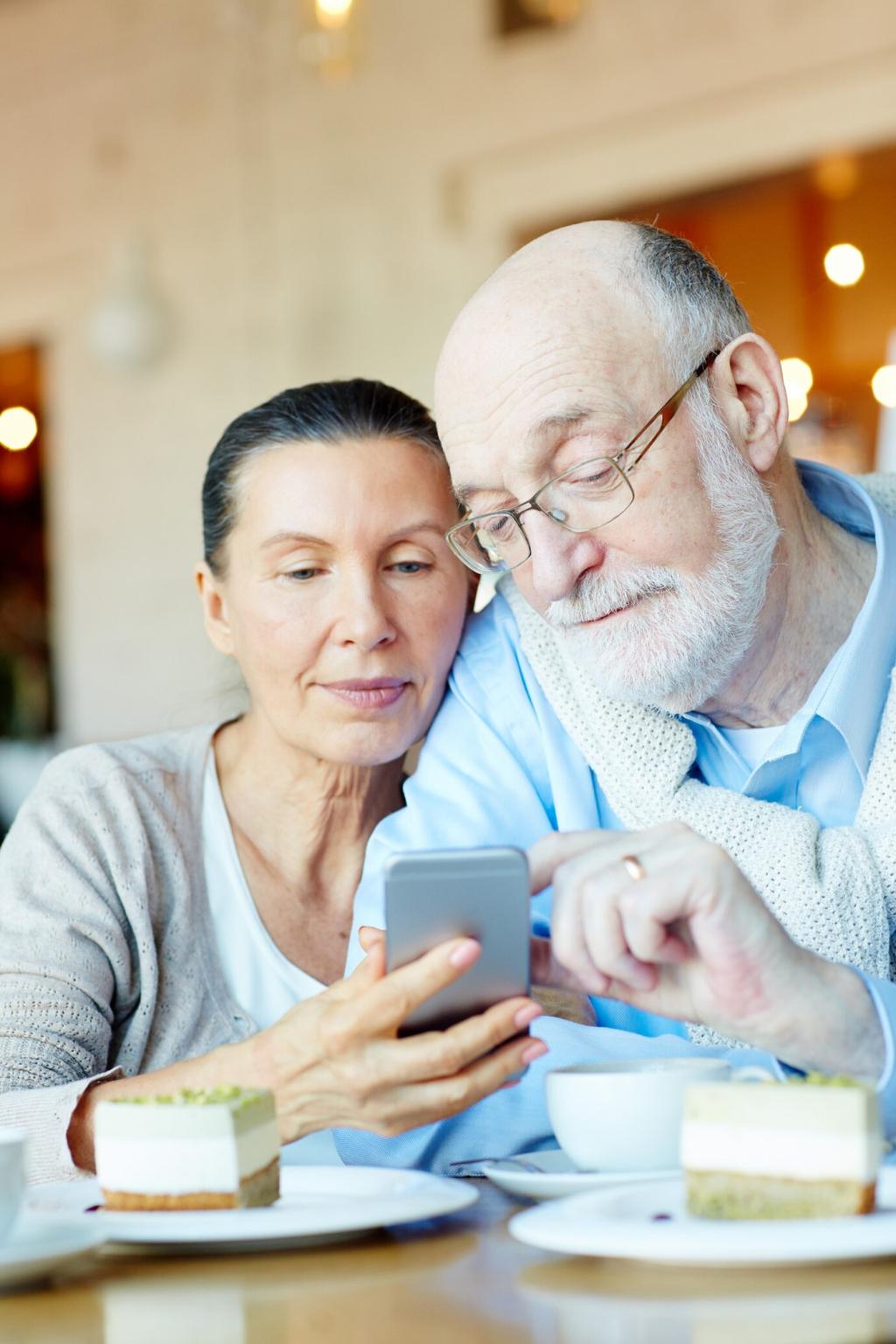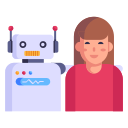This website uses cookies so that we can provide you with the best user experience possible. Cookie information is stored in your browser and performs functions such as recognising you when you return to our website and helping our team to understand which sections of the website you find most interesting and useful.
Smart Home Technology for Senior Independence
Smart home technology is transforming the way seniors live, offering them unprecedented independence, comfort, and security in their daily lives. Through intuitive devices and smart systems, older adults can maintain their autonomy, manage daily activities with ease, and stay connected with family or caregivers. The seamless integration of these technologies into homes creates an environment that is not only safer but also more responsive to individual needs. As the global population ages, such innovations are becoming essential tools in supporting healthy and independent living for seniors, enabling them to thrive within their own homes while reducing the need for constant supervision. This page explores the key aspects and advantages of smart home technology geared specifically toward fostering independence in the senior community.
Enhanced Safety and Security
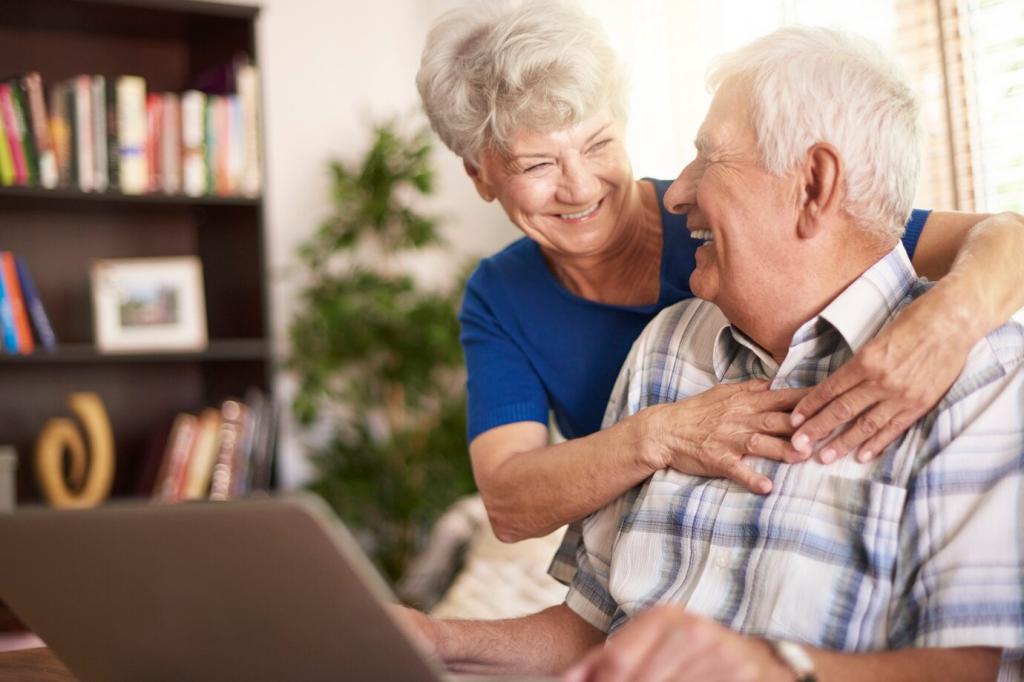
Connected Health and Wellness
Remote Health Monitoring
Medication Management Solutions
Fitness and Wellness Tracking
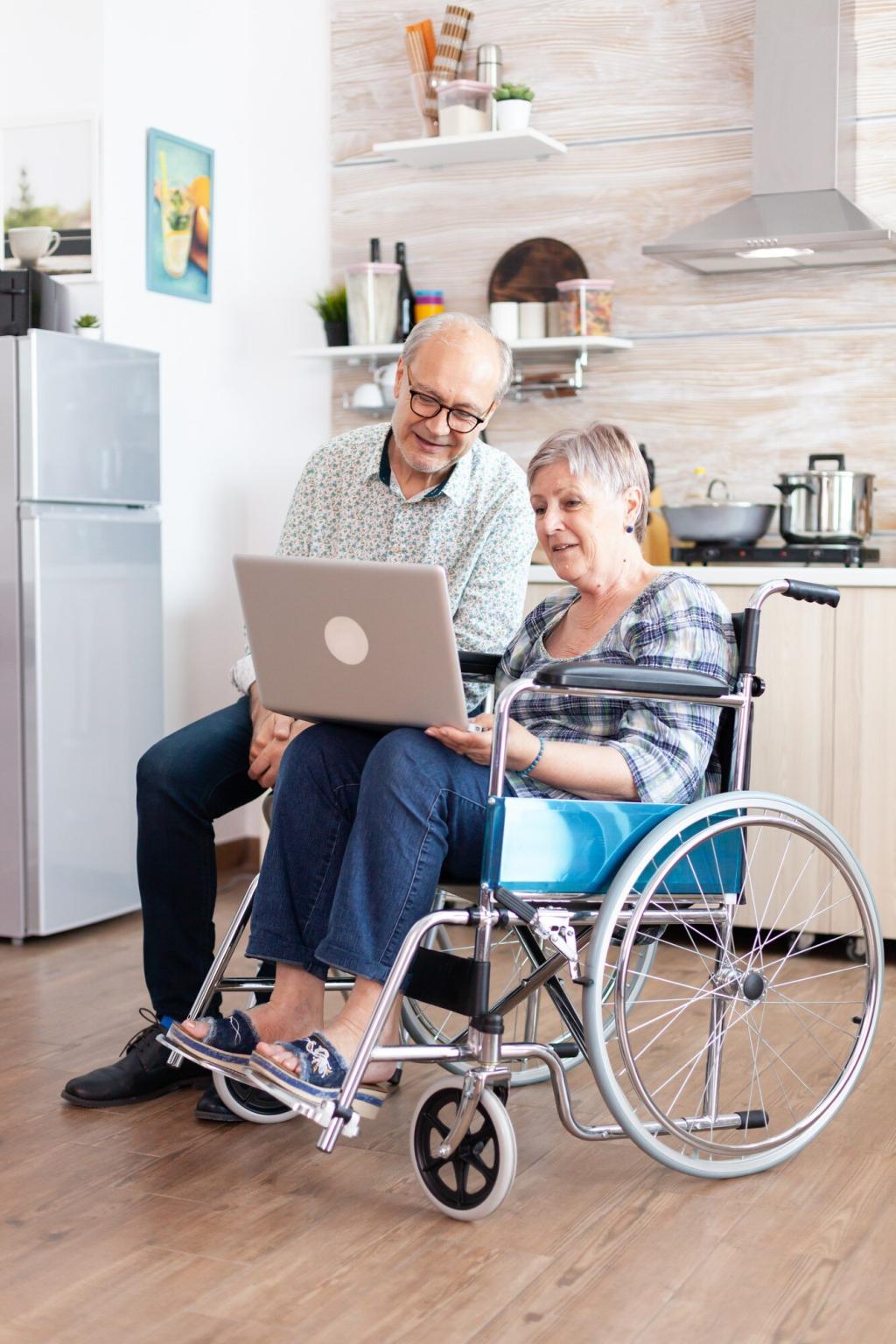
Social Connection and Communication
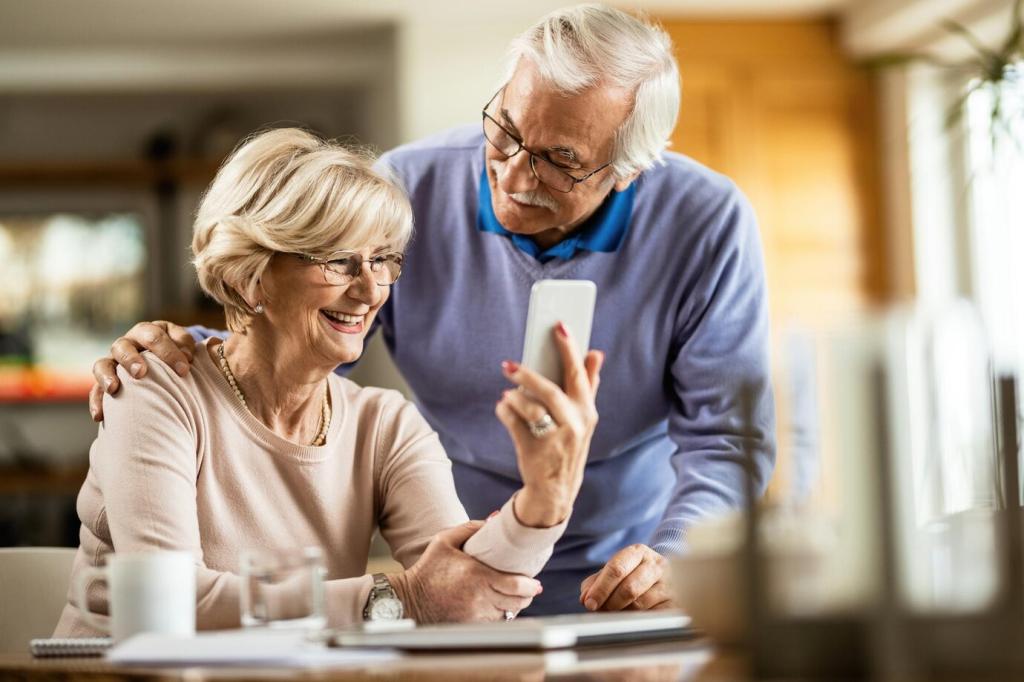
Home Automation for Comfort and Convenience

